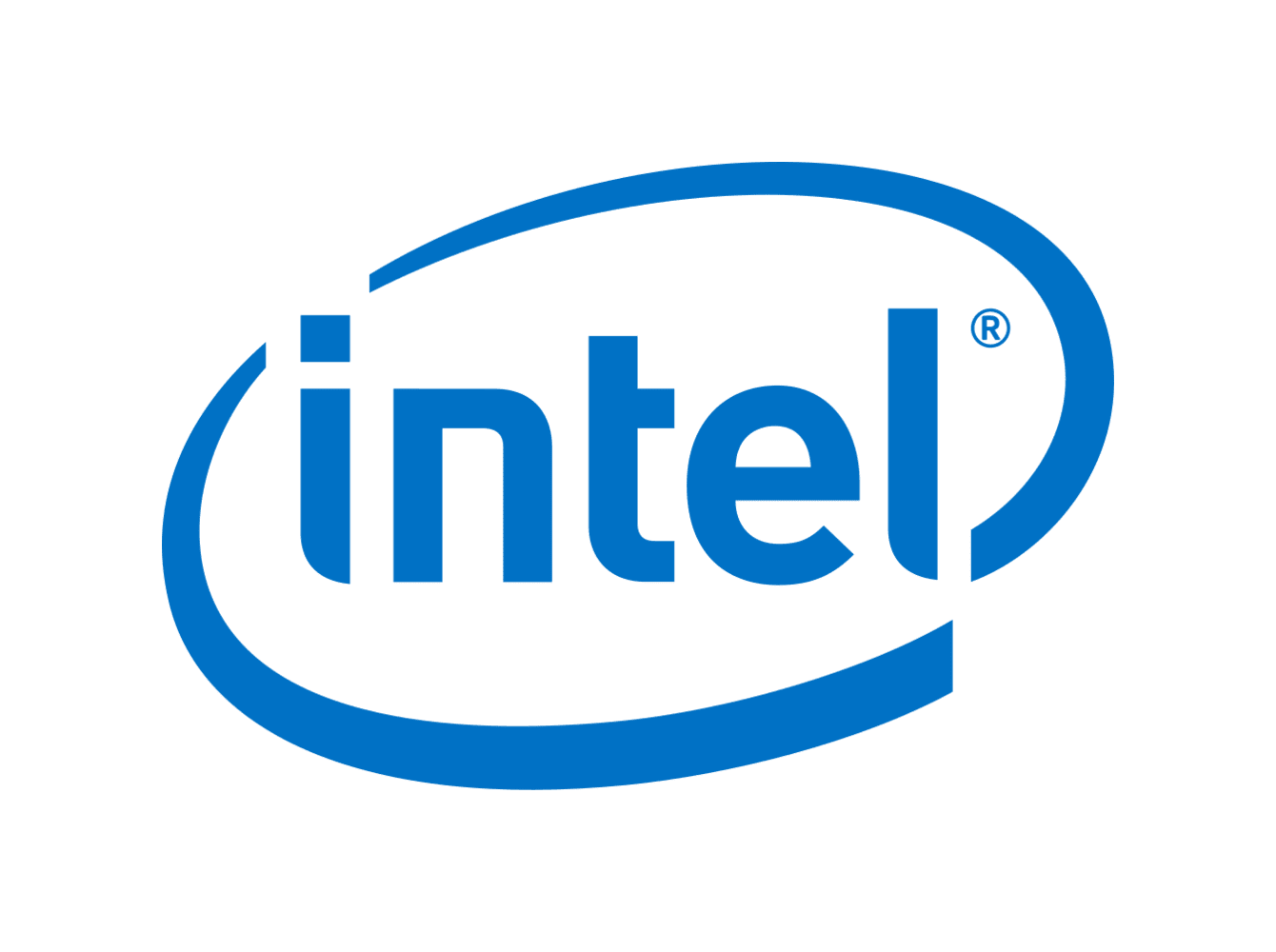Hey all!
I just upgraded my Z690-based system from a 12600K to a 14700KF.
Seeing how this chip is listed with a max turbo power-draw of 253 W, and I do know from reviews and tests that my 240mm AiO can handle 250 Watt (and my case has pretty great airflow), I wasn’t too worried about the added wattage.
Until I ran Cinebench 24 to test the new CPU.
Cores were maxed out all the time, naturally, but according to HWMonitor, none of the P-cores ever boosted to their stock maximum of 5.6 GHz. All of them had a recorded peak of 5.5 GHz.
Thing is that after a few minutes, multiple P-cores started to show some red (100°C), so I got scared and aborted the run after… ~3 - 4 minutes. What really weirded me out though is the fact that power-draw peaked way above what I would’ve expected. It went up to nearly 300 W (299.5). Which is quite a lot more than the advertised 253 W - especially since the CPU never reached its maximum frequencies. I should probably add that it wasn’t just a spike in power - I was keeping a close eye on power-draw the whole time and it never went below the high 270s. Which is still more than 20 W higher (most of the time more than that) than what I would’ve expected without overclocking.
Needless to say this was a stock run (other than having XMP enabled).
Some specs:
Board: MSI Z690 Tomahawk DDR4 (latest BIOS with 14th gen support is installed)
Memory: 2x16 GB G-Skill Trident Z 3600 CL16
Case: Fractal Design Pop XL Air RGB
Fans: 2x 140 top exhausts, 1x 120 rear exhaust. Front has the 2 120 for the AiO and the rad plus one of the crappy 120s that came with the case, all as intakes. Temps were great with the 12600K installed (and that was without the additional front intake), so I’m pretty sure I have good enough airflow.
Anyone know what might be going on here?
Should I perhaps activate the power-limit in the BIOS? I have it on “unlimited” right now … well, technically speaking it’s not unlimited but some ridiculous value like 4000+ Watt on this board, but still … :D
S.


I also recently updated from a 12700k to a 14900k on a aorus z690 board. I only noticed it when going into XTU that power limits were too high even in stock bios settings. Using 330w at stock clocks of 5.7ghz all core in cinebench. I found that along with disabling MCE, I also needed to set the turbo power limits to Intel POR. This now correctly does power limiting to 253w but I still get 5.7ghz all core.
I think the default auto settings on the z series boards seem to ignore the limits in favor of having stability/compatibility with all performance levels of cpu.
Thanks, everyone!
Believe it or not, but in over 20 years of PC-gaming, this is my first venture into higher end CPUs (never went above i5-levels before this 14700KF), so I need to do some reading up, I think.
Re the AiO: I’m pretty sure it was one of the more popular HW-channels (GN, perhaps?) who had tested both 360s and 240s using a load of 250W. The Lian Li 240 I have was up there with larger ones in their ranking, so I thought I’d be good.
Having just checked real world performance in Baldur’s Gate 3, Act III (which is pretty CPU-intensive), it seems to have worked, so far. The CPU (well, one or two P-cores) did boost up to 5.6 GHz plus performance in the city was markedly improved. Load on individual cores was a lot lower whereas with the 12600 I was on the mid 90%s at times on one or two cores.
Plus the GPU now boosted higher (I have it OCed, but before it never went all the way to the maximum frequency I set) and my FPS (once I took the limiter off) were quite a bit higher and more stable, too. Before it was still very smooth, mind you, but they were dipping below 60 at times, now they were always above 60 and went up into triple digit territory, even while walking around the city with “dynamic crowds” enabled. CPU drew a little more power than the 12600, but that’s to be expected.
Temps while gaming were totally fine and not any higher than with the 12600 - in fact, I’m pretty sure they were actually a tad lower.
This is still with the 288/285W limit set in the BIOS, BTW… I’ll reboot and change to the lowest setting once I’m done typing here.
Besides that, I should probably also check the Turbo Boost/Duration settings in the advanced CPU config screen and make sure they match Intel specs.
This board doesn’t have “detailed” settings for the cooling solution. Like I said earlier: There are just three “generic” ones (“stock cooler”/~250W, “tower cooler”/~285W and "liquid cooler/~4096W).
From what I just read on the MSI-forum, these motherboards generally seem to be set pretty aggressively out of the box. On mine for example, it’s set to the liquid cooler option by default - not sure about individual PL1/2 settings, though.
Not a huge issue with the 12600K, I suppose, since that thing at stock speeds can’t draw near enough power to cause super high temps. But it seems the i7 is a bit more greedy when it comes to juice … :)
S.
Did you noticed much of a performance change from the 12700k to the 14900k?
Massive difference when playing at 1440p with up to 60fps increase in some games.